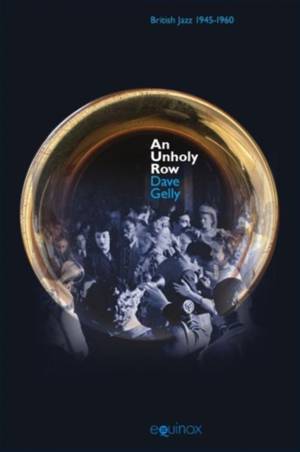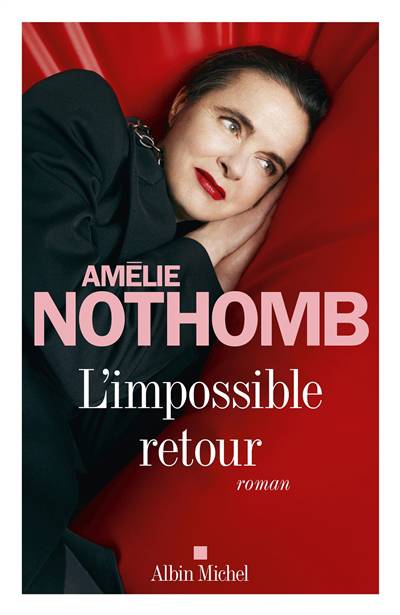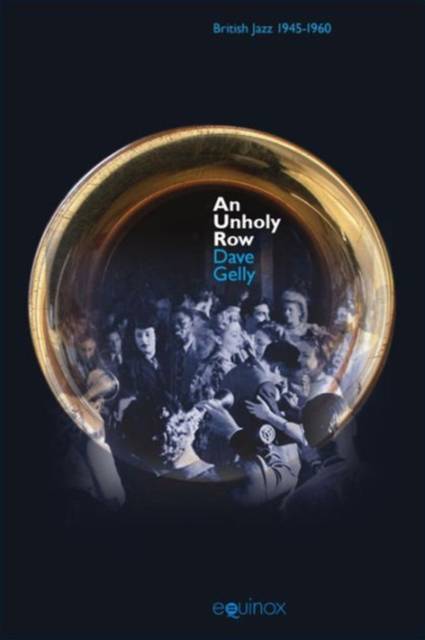
- Retrait gratuit dans votre magasin Club
- 7.000.000 titres dans notre catalogue
- Payer en toute sécurité
- Toujours un magasin près de chez vous
- Retrait gratuit dans votre magasin Club
- 7.000.000 titres dans notre catalogue
- Payer en toute sécurité
- Toujours un magasin près de chez vous
Description
The post-war jazz revival marked the beginning of an independent British youth culture with music as its focus. Although it always remained a minority enthusiasm, jazz actually embodied the vaguely felt sentiments, dissatisfactions and aspirations of the post-war generation more fully than any other form of expression. Older people were, on the whole, indifferent or positively hostile to what was, for many, simply an 'unholy row'.
In British society, class and culture were bound inextricably together, but jazz was an alien form with no obvious class affiliations. It was culturally neither 'high' nor 'low', and so found a ready welcome in a world where the old certainties were breaking down.
Throughout this period, jazz came in two more or less exclusive types - 'revivalist', which sought to recreate the classic jazz of the 1920s, and modern. Enthusiasts on both sides regarded their music as being more important than mere entertainment. In it they found a quality which they defined vaguely as 'honesty' or 'sincerity', which may perhaps be summed up as 'authenticity'.
The book follows the development of both jazz tendencies over a decade and a half, paying particular attention to two outstanding figures: Humphrey Lyttelton and John Dankworth. It also seeks to convey a flavour of that now remote era and the frisson that jazz created.
Spécifications
Parties prenantes
- Auteur(s) :
- Editeur:
Contenu
- Nombre de pages :
- 224
- Langue:
- Anglais
- Collection :
Caractéristiques
- EAN:
- 9781845537128
- Date de parution :
- 06-01-14
- Format:
- Livre relié
- Format numérique:
- Genaaid
- Dimensions :
- 160 mm x 239 mm
- Poids :
- 439 g







